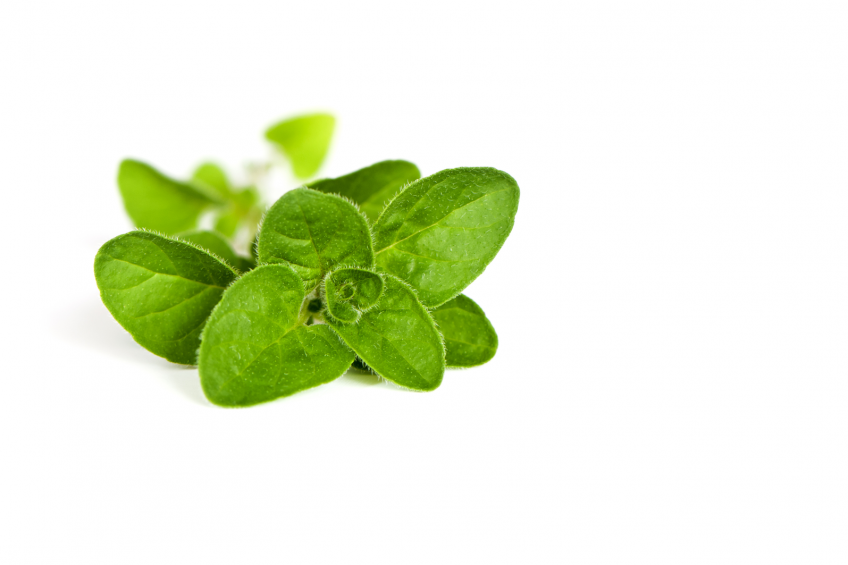Effects of phytogenic feed additives on animal health

Phytogenic substances?represent one of the most ?interesting classes of feed additives. They bear the ?potential to effectively repress the pathogenicity of intestinal micro-organisms and to ?prevent and treat infectious diseases of farm animals.
By Dr Elisabeth Rohrer, Dr Andreas Müller & Miriam Goerke, MSc, Delacon Biotechnik
From 1 January 2006 antibiotics have been banned in the European Union as growth promoters in animal feeds. As the only country in Asia, South Korea followed that example in 2011. It is likely that other countries in the world may also remove feed antibiotics within the next few years for public health reasons. Removing antibiotics, however, turns out to be a challenge, as alternative substances should have a comparable impact on farm animal productivity and health preservation.
Within the group of alternatives to antibiotics, phytogenic or plant-derived substances represent one of the more promising classes of feed additives. The number of available plants with highly active ingredients is almost infinite. The spectrum of effects mediated by plant-derived compounds also appears rather widespread, hence this article will focus on the disturbance of microbial communication, antioxidant properties and anti-inflammatory effects.
Inhibitory effects
It has been frequently postulated, that phytogenic substances (in particular essential oils and their compounds) exert bactericidal effects. By definition the term ‘minimum inhibitory concentration’ (MIC) towards a micro-organism (MO) means a reduction of MO viability by more than 90%. The ‘minimum bactericidal concentration’ (MBC) even means a reduction of viability by more than 99%. Tables 1 and 2 give an overview of the MIC concentrations of selected essential oils and essential oil compounds against several micro-organisms.
As to understand Tables 1 and 2, about 1-10 kg of most essential oils per tonne of feed would be required in order to achieve antimicrobial effects against certain pathogens like E. coli or Salmonella typhimurium. In practice, such high amounts of essential oils in diets would cause a drastic reduction of feed intake due to impaired palatability through the high content of strong tasting aromatic substances.
Nevertheless there is evidence, that phytogenic feed additives have beneficial effects regarding bacterial infections, which can be explained through focus on the development of so-called ‘quorum sensing’.
Quorum sensing
Numerous bacteria including pathogenic strains with relevance to farm animals use the mechanism of ‘quorum sensing’ (QS) for their communication. The bacteria produce defined signaling metabolites (inducers) which are secreted into their medium, and their environment, respectively. In response, bacteria of the same strain can take up these metabolites via specific receptors and hence get information on the current bacterial population density. Once a crucial threshold of inducer concentration is reached, the bacteria start to produce virulence factors (e.g. attachment factors, fimbriae, toxins), leading to the outbreak of the disease in the host. By disturbance of QS (= quorum sensing inhibition = QSI) selected phytogenic substances can suppress the virulence of bacteria.
Promising results for QSI by essential oils were reported for Campylobacter jejuni and the enterohaemorrhagic E. coli strain O157:H7 in chickens and pigs. Already 0.10 mmol/l carvacrol, corresponding to 15 mg carvacrol/l, significantly inhibited the motility of Campylobacter jejuni, consequently disabling the pathogen from causing severe infections.
In contrast, the MIC value of carvacrol, the main terpene of oregano, towards Campylobacter jejuni is about 75 mg/l, (corresponding to 75 g/tonne).
Another example of the beneficial effects of carvacrol can be demonstrated in enterohaemorrhagic E. coli. Already about 1 mmol/l carvacrol (corresponding to 150 mg/l, respectively 150 g/tonne) was sufficient to induce a strong heat-shock response in these bacteria and to inhibit flagellin synthesis. In contrast, about 1,000 mg/l (corresponding to 1 kg/tonne) would correspond to the MIC concentration of carvacrol against E. coli.
These results show that phytogenic substances may very well have the potential to disturb pathogenic micro-organisms. In the ‘post-antibiotics-era’, the disruption of QS of pathogenic bacteria by phytogenic substances represents one core strategy to preserve farm animals from infectious diseases of the intestine.
Phytogenic feed additives
Due to the ban on growth-promoting antibiotics, the infection of farm animals with species-specific pathogenic microorganisms represents an issue of growing importance. In numerous cases, the infection with pathogens, does not result in the full-blown clinical picture, but leads to a severe reduction of performance and causes economic damage.
In the early stages of immune response, macrophages, entering the affected tissues, produce a strong inflammatory reaction. In later stages also T-cells are involved in the promotion of inflammation. The most important intracellular transcription factor, triggering inflammation in a cell is the so-called ‘nuclear factor ‘kappa-light-chain-enhancer’ of activated B-cells’ (NFkB).
On the one hand, NFkB induces the synthesis of cytokines, responsible for the further recruitment and attachment of immune cells (e.g. IL6, VCAM, ICAM) and of cyclo-oxygenase 2 (COX2), producing pro-inflammatory prostaglandins. On the other hand NFkB action is needed for the production of anti-inflammatory cytokines, responsible for the termination of an inflammation (e.g. IL-10), and of antioxidant enzymes, which enable cell survival and help to terminate an inflammation. The three best characterised antioxidant enzymes with anti-inflammatory effects are GPx2, HO1 and NQO1.
Several endogenous antioxidant enzymes are of particular interest for the termination of an inflammation.
Their transcription and synthesis takes place, due to the release of another transcription factor, called ‘Nuclear factor (erythroid-derived 2)-like 2’ (Nrf2).
It should be added that besides NFkB and oxidative stress, numerous phytogenic substances act as very strong Nrf2-releasing agents. Curcumin from Curcuma longa and the brassicaceae isothiocyante sulforaphane are the best characterised inducers of endogenous antioxidant enzymes by triggering Nrf2-release.
The induction of endogenous antioxidant enzymes concomitantly can reduce the severity of inflammation.
In the future, research into the screening of anti-inflammatory phytogenic substances should focus on the development of phytogenic products with customised effects against species specific intestinal diseases. Moreover, there is a need to develop products with an increased content of active substances in case of acute occurring intestinal inflammation in animals.
PP
References available upon request.
Source: Pig Progress magazine 30.5 (2014)











